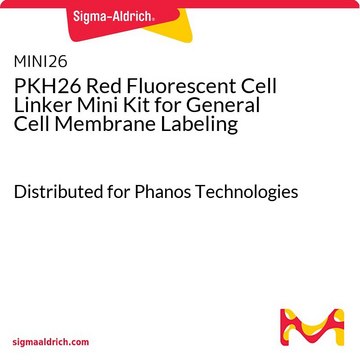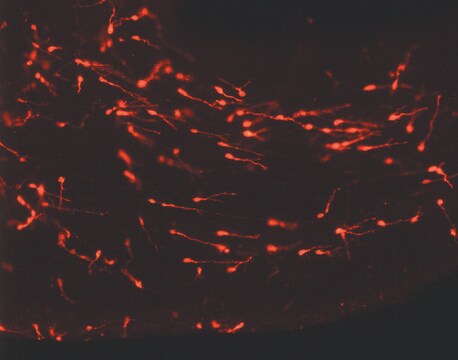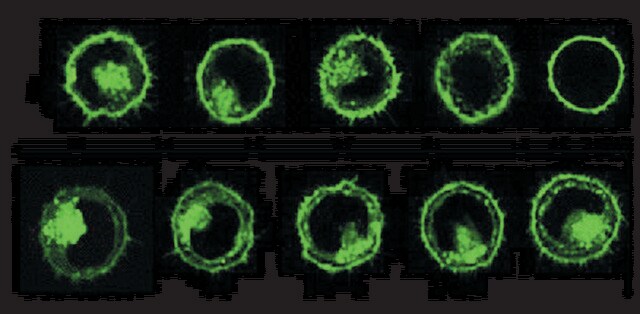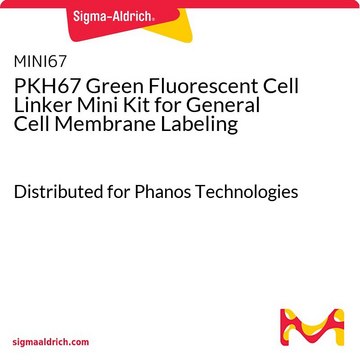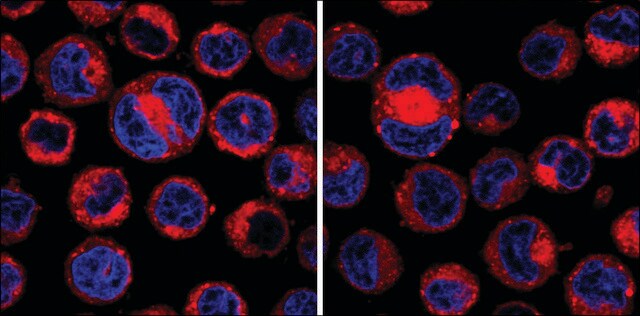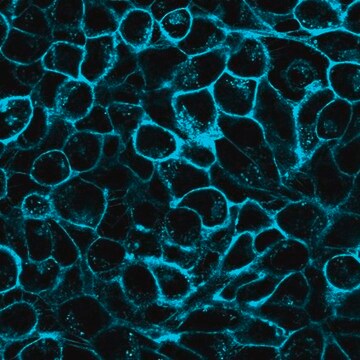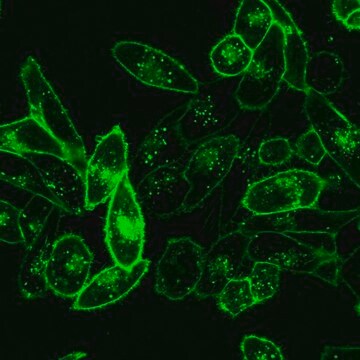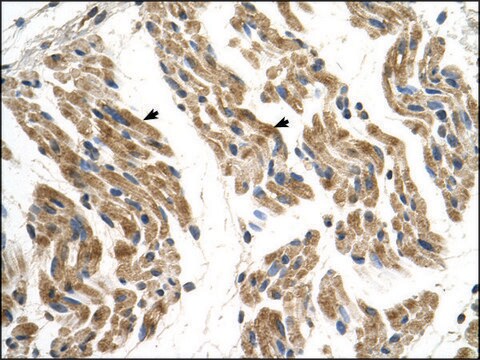CGLDIL
Diluent C for General Membrane Labeling
Distributed for Phanos Technologies
Sinonimo/i:
PKH diluent
About This Item
Prodotti consigliati
Livello qualitativo
Forma fisica
liquid
Condizioni di stoccaggio
dry at room temperature
tecniche
flow cytometry: suitable
applicazioni
cell analysis
detection
Metodo di rivelazione
fluorometric
Condizioni di spedizione
ambient
Applicazioni
Linkage
Note legali
Solo come componenti del kit
- Diluent C 6 vial(s)
Certificati d'analisi (COA)
Cerca il Certificati d'analisi (COA) digitando il numero di lotto/batch corrispondente. I numeri di lotto o di batch sono stampati sull'etichetta dei prodotti dopo la parola ‘Lotto’ o ‘Batch’.
Possiedi già questo prodotto?
I documenti relativi ai prodotti acquistati recentemente sono disponibili nell’Archivio dei documenti.
I clienti hanno visto anche
Articoli
A video about how you can use fluorescent cell tracking dyes in combination with flow and image cytometry to study interactions and fates of different cell types in vitro and in vivo.
PKH and CellVue® Fluorescent Cell Linker Kits provide fluorescent labeling of live cells over an extended period of time, with no apparent toxic effects.
Il team dei nostri ricercatori vanta grande esperienza in tutte le aree della ricerca quali Life Science, scienza dei materiali, sintesi chimica, cromatografia, discipline analitiche, ecc..
Contatta l'Assistenza Tecnica.